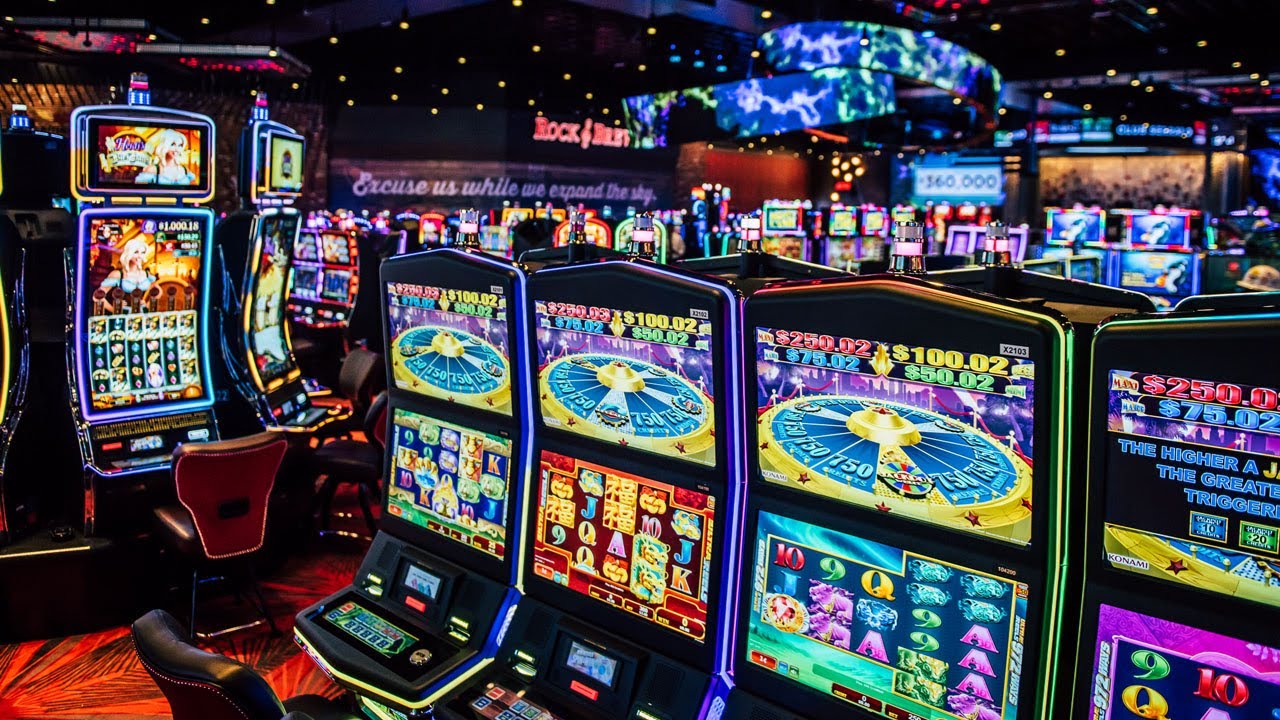
The world of casino games has long captivated participants with its combination of thrill, strategy, and the suspense of luck. With technology advances and the gaming landscape evolves, an exciting approach known as game-based learning has begun to transform the way we interact with these traditional activities. By incorporating gaming features such as challenges, incentives, and monitoring advancement, this approach enhances participant engagement and changes the classic casino atmosphere into a much interactive and immersive space.
Gamification in gambling games not only draws to seasoned players but also draws in a new generation of players who crave a more engaging experience. Featuring elements that encourage participation and foster community among participants, the gamified elements infuse fresh energy into beloved classics like poker, 21, and slot machines. In we dig further into this phenomenon, we will analyze how this trend is redefining the casino atmosphere, making it more inclusive, enjoyable, and rewarding for everyone participating.
Comprehending Game Mechanics
Game mechanics refers to the implementation of game-like aspects in non-game environments to boost user engagement and interaction. In the realm of casino games, this concept has gathered notable momentum, changing classic gaming into a much dynamic and fulfilling experience. By integrating components such as tokens, levels, and prizes, casinos can create an ecosystem that drives players to participate more frequently and for longer times.
At the core of gamification is the want to tap into the internal desires of players. Gaming experiences that utilize gamification techniques are crafted to not only amuse but also to foster competition and achievement. Players are often drawn to the prompt responses and advancement monitoring that these elements provide. This not only keeps them involved but also nurtures a notion of success as they attain goals and unlock new aspects.
Furthermore, gamification can enhance social engagement among players, creating a social atmosphere that improves the enjoyment of gaming experiences. Features such as ranking systems, group contests, and teamwork activities allow players to engage with fellow players, exchange experiences, and compete in a cordial manner. This community element adds an extra dimension to the gaming experience, allowing it to be even more immersive and enjoyable for participants.
Effect on Player Interaction
Game design techniques in gambling games have significantly changed the way gamers interact with their beloved activities. By adding features such as rewards, rankings, and accomplishment icons, casino operators create an environment that encourages a deeper relationship between users and the experiences they love. This enhanced engagement contributes to extended gaming sessions and heightened player loyalty, as players work to reach new milestones or obtain exclusive rewards.
Moreover, the communal feature of interactive casino games cannot be ignored. Several platforms allow gamers to challenge against others or fellow players, which introduces a dimension of excitement and friendship. This contest drives engagement by accessing into gamers’ drive to compete, encouraging them to return for additional in order to enhance their position or display their achievements. As a result, the social interactions foster a feeling of community that keeps players coming back.
Moreover, the instant responses and acknowledgment provided by interactive features serve to encourage users. It may be a message of a recent milestone or the excitement of earning a reward, these quick recognitions play a essential role in maintaining attention. By regularly providing gamers for their efforts, casino games become greater than a leisure activity; they develop into an interactive experience that holds gamers and enhances their overall experience.
Trends in Casino Game Design
The landscape of gambling game design is regularly evolving, driven by tech innovations and changing player preferences. One important trend is the integration of interactive technologies, such as virtual reality and AR reality, to enhance the gaming experience. These technologies create a more captivating environment, allowing players to feel as though they are in a physical casino, which can lead to longer play sessions and increased player satisfaction. https://cpc2888.org/
Another trend is the incorporation of storytelling elements into casino games. Game designers are concentrating on narratives to create a stronger connection between the player and the game. This narrative-driven approach not only makes the games more enjoyable but also encourages players to invest emotionally, which can enhance their complete experience. By blending traditional gaming mechanics with engaging stories, developers are attracting a broader audience who may not have before engaged with casino games.
Finally, the rise of social gaming features is reshaping how players interact with casino games. Many games now incorporate social elements, such as sharing achievements or competing with friends, to promote community and engagement. This trend reflects a shift towards a more participatory experience, where players can connect with others, sharing their excitement and challenges. As casinos adapt to these social dynamics, the act of gaming becomes not just about solo play, but also about building connections among players.